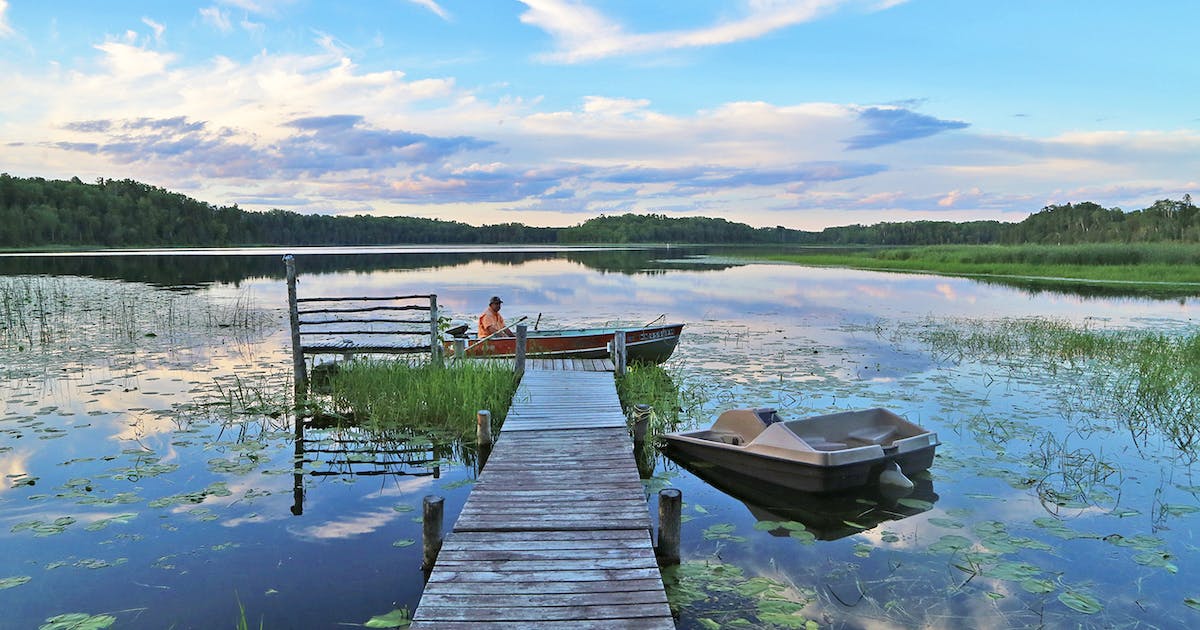
Opinion editor’s note: Editorials represent the opinions of the Star Tribune Editorial Board, which operates independently from the newsroom.
•••
Minnesota is named for and defined by water. Preserving water is essential now and for future generations. So it’s welcome news that, despite the state being home to about 2 million more people than in the late 1980s, water usage is down about 8%, or about 90 billion gallons a year, according to Department of Natural Resources data compiled and analyzed by the Star Tribune.
The state’s largest cities are among the conservation leaders: Minneapolis homes and businesses used 10 billion gallons less than 35 years ago; St. Paul cut its use by a third; Duluth by more than half in the same time frame.
The reduction isn’t the result of one factor — a technological, governmental, legislative or societal silver bullet. Rather, it’s multifactorial, including changes by consumers, businesses and, according to the DNR, cities investing in their water infrastructure in order to reduce usage and minimize waste. Much of this work is unseen by the public, but it is an example of how tax dollars can pay great dividends in fundamental ways that position Minnesota for current and future success.
Indeed, “the world is divided into places that have a fair amount of water and places that don’t have a lot of water, and generally in Minnesota — there are some exceptions — we are privileged to have a lot of water,” Jessica Hellmann, the executive director of the University of Minnesota’s Institute on the Environment, told an editorial writer. Hellmann concurred that the efficiency gains came from several sectors encompassing cultural and technological changes, and that ever-improving data analysis should further improve water-use efficiency.
That’s important not just regarding water availability, but energy efficiency, since pumping, cleaning and transporting water is energy intensive (and expensive). Conservation is always the most efficient option. And perhaps most profoundly, success in reducing water usage could be a blueprint for how to achieve other goals, like reducing greenhouse gas emissions.
“Making gains in water-use efficiency is important for several reasons, and even more importantly, think about all the other things that we also need to be using more efficiently,” Hellmann said.
In fact, there’s often reflexive resistance to the possibility or even the necessity of lowering greenhouse gas emissions, the main culprit in climate change. But the sharp drop in water usage shows what’s possible when several sectors come together with multiple initiatives to achieve a broader goal.
“If we can make progress on reducing our usage of water, in this case in the form of greater efficiency, I don’t see any reason why we couldn’t do that in other necessary components of our economy,” Hellmann said.
While Hellmann and other experts, joined by everyday Minnesotans, laud the water-reduction achievements (and urge further reductions), she’s quick to correctly point out that there is also the continuing challenge of water quality, an issue that will require rigor from some of the same sectors — particularly agriculture. And overall, there’s more effort needed — along with more reward ahead — for further advancements in water conservation.
“There’s always work to be done,” Dan Miller, a water-use consultant in the DNR’s Ecological and Water Resources Division, told an editorial writer. “To continue to work towards that sustainability goal that the Legislature has set for us, and working for our permit holders and water users and residents that care about water across the state to ensure not only do people have water now for drinking and business purposes — and our natural resources depend on the same water — but my kids, my kids’ kids someday, need that water too.”
